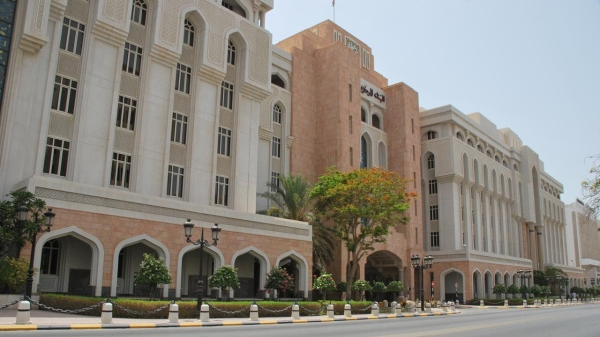
Muscat: Oman’s nominal GDP decreased by 14.1 per cent mainly due to the sizeable drop of 38.2 percent in the petroleum sector, despite the moderate growth of 2.3 percent witnessed in the non-oil sector.
The country exhibited slowdown in economic activities during 2015 due to the backdrop of low crude oil prices in the global markets and sluggish global growth.
With oil prices continuing to remain low, the current account which registered a deficit in 2015 is expected to be in deficit mode in 2016 too.
With inflation based on the average annual CPI remaining low at 0.74 percent during the first half of 2016, the Central Bank of Oman continued with its accommodative monetary policy stance and made revisions to the reserve requirement leaving more money in the hands of banks to facilitate lending requirements.
Despite the challenges facing the economy, the banking sector remained resilient supporting economic diversification initiatives and credit needs. The total assets of conventional commercial banks increased by 6.1 per cent to OMR29.1 billion in June 2016 from OMR27.4 billion a year ago.
Of the total assets, credit disbursement accounted for 66.6 percent and increased by 8.6 per cent as at end June 2016 to OMR19.4 billion.
Credit to the private sector increased by 9.8 per cent to reach OMR17.1 billion as at the end of June 2016.
Conventional banks’ overall investments in securities stood at OMR2.6 billion as at the end of June 2016.
Investment in Government Development Bonds and Government Sukuk increased by 37.9 per cent over the year to OMR920.6 million at the end of June 2016.
Banks also invested OMR420.5 million in Government Treasury Bills as at the end of June 2016.